Electrodes have been used to measure brain activity for the past century. Electroencephalography, or EEG, is one of the most widely used, mostly non-invasive techniques for measuring neural activity. EEG essentially records the brain’s electrical activity through electrodes that are placed on the scalp and in thousands of seconds, changes within the brain can be measured and then analyzed. The ability to focus takes place in the brain’s frontal lobe and a pair of engineers have designed a wearable EEG device called Crown to measure that part of the brain to help maintain focus and boost productivity.
Crown, from Neurosity, helps to maintain your brain’s focus by measuring not only what triggers your focus, but also what sustains it. Eight EEG sensors fill out the Crown to track and quantify an individual’s brainwaves to better understand what retains focus and what introduces distraction. As the brainwaves are measured, the accompanying Neurosity Shift app connects to your Spotify account to play the most suitable music for your brain to hold onto that state of flow. Similar to Neurosity’s previous brain-sensing technology, the Notion 2, the Crown also minimizes any technological distractions like notifications or ringtones by automatically muting any prospective interruptions that could take away from your focus.
After all of this, the Crown sends you a ‘report card’ indicating your most focused moments and the times you felt most distracted, with the aim of improving your focus in the future. While EEG devices have a reputation for falling short on their signal-to-noise ratio, a method for measuring everything going on in the brain, Neurosity promises cutting-edge technology that enhances the device’s quantifying rate. Not just that– the Crown never listens to, watches, or stores any of your brainwaves– the Crown is only here to keep you calm, cool, and focused.
Designer: Neurosity
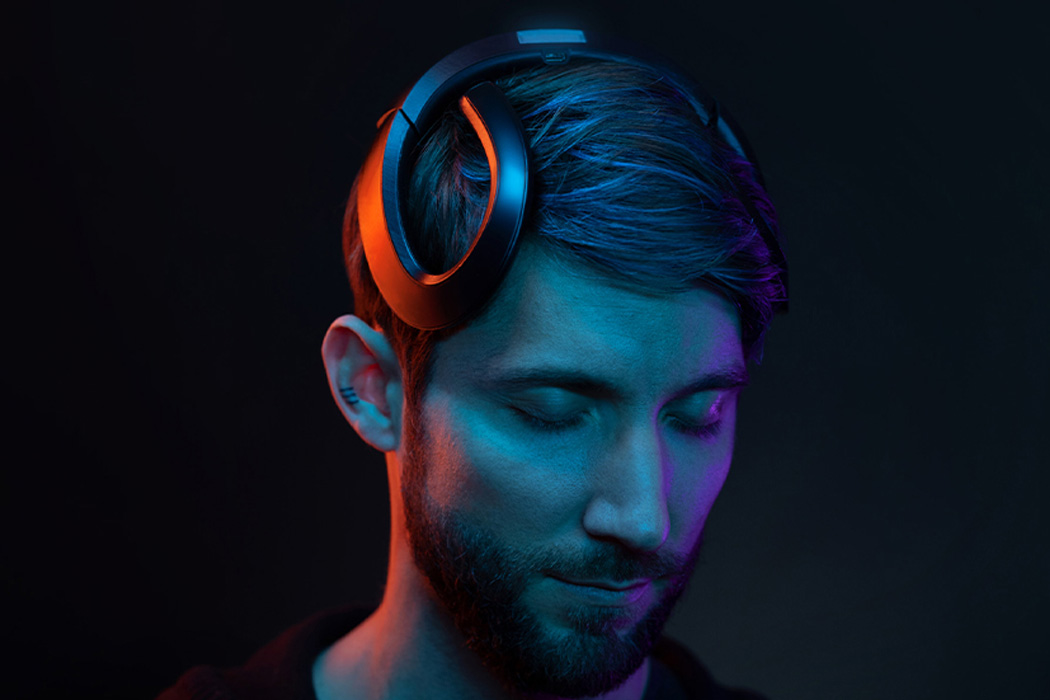
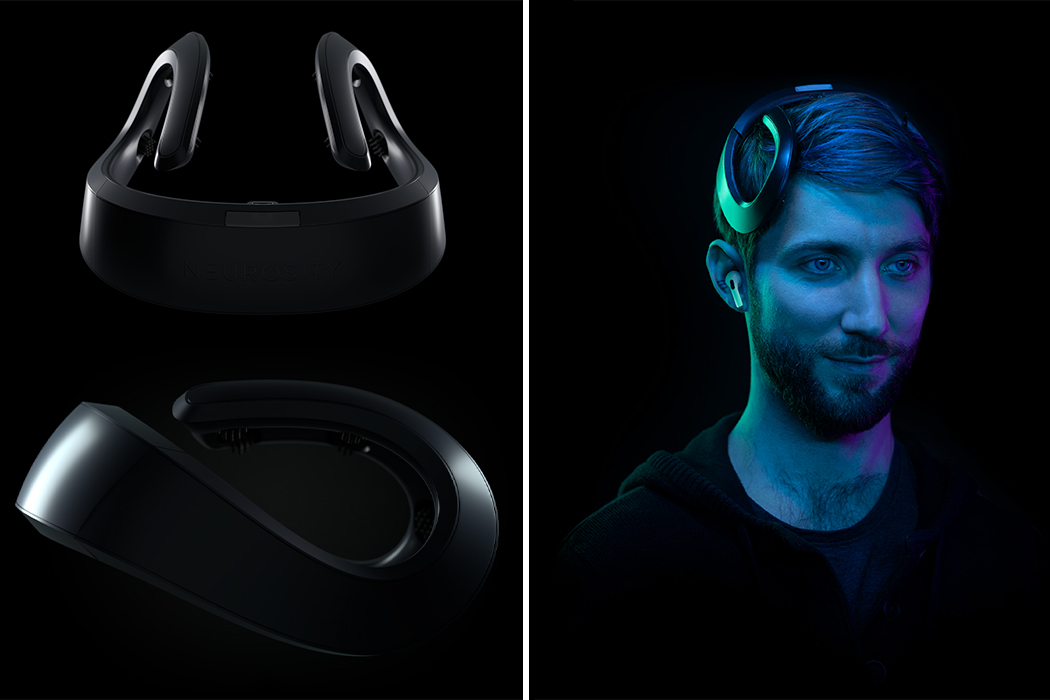
The Crown weighs just over half a pound and aimed to be one size fits all.
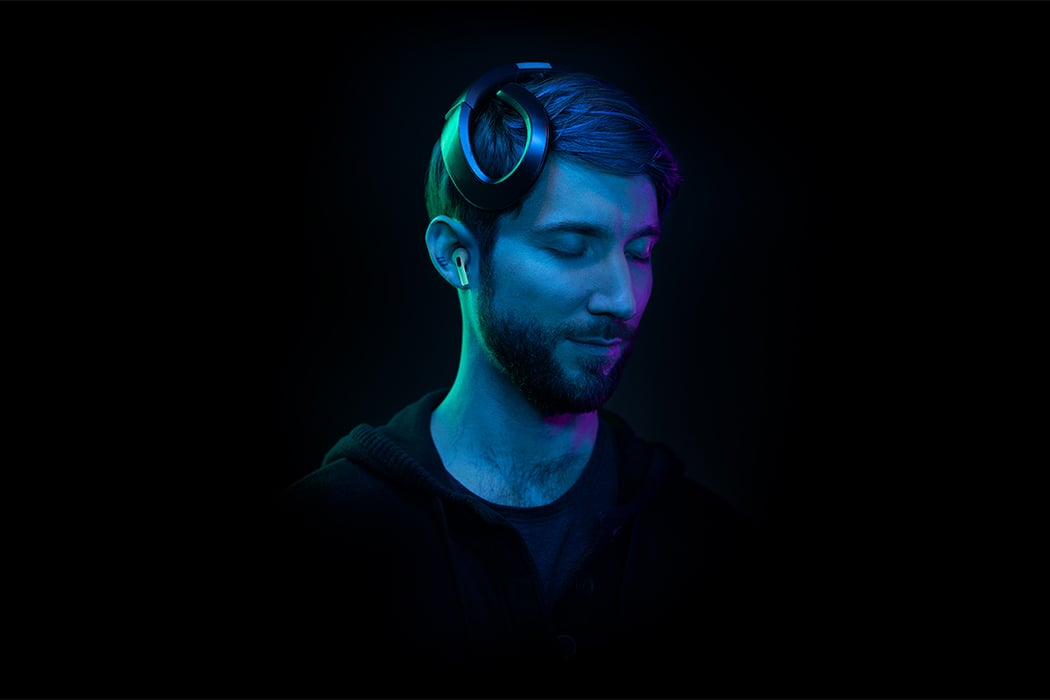
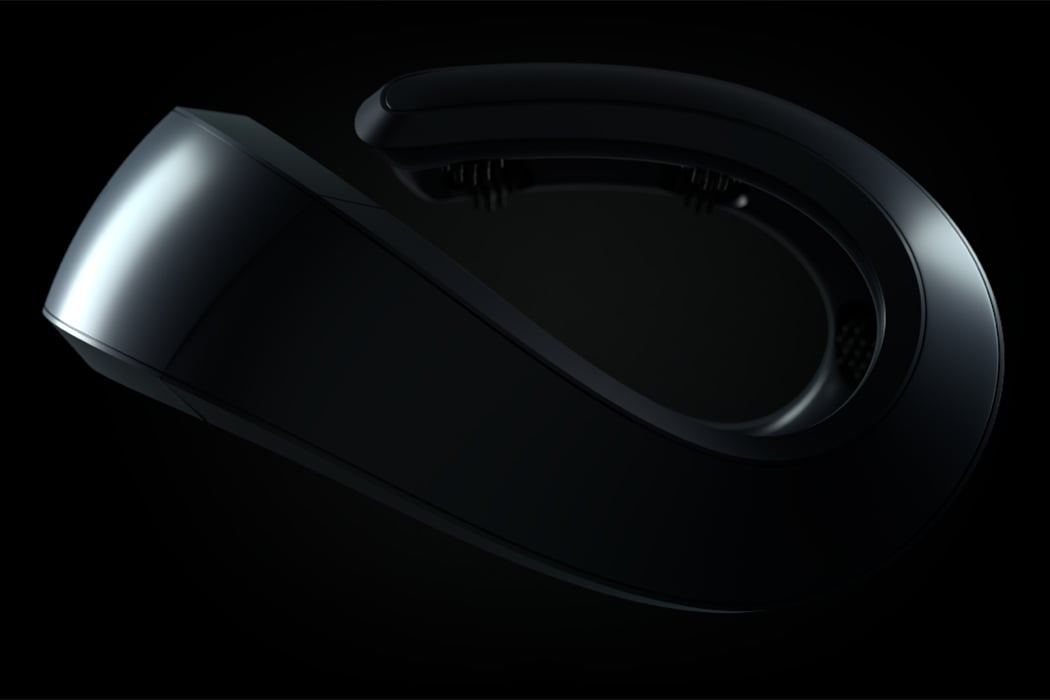
The Crown comes equipped with eight EEG sensors, two haptic motors, a motion-detecting accelerometer, and near-field communication.
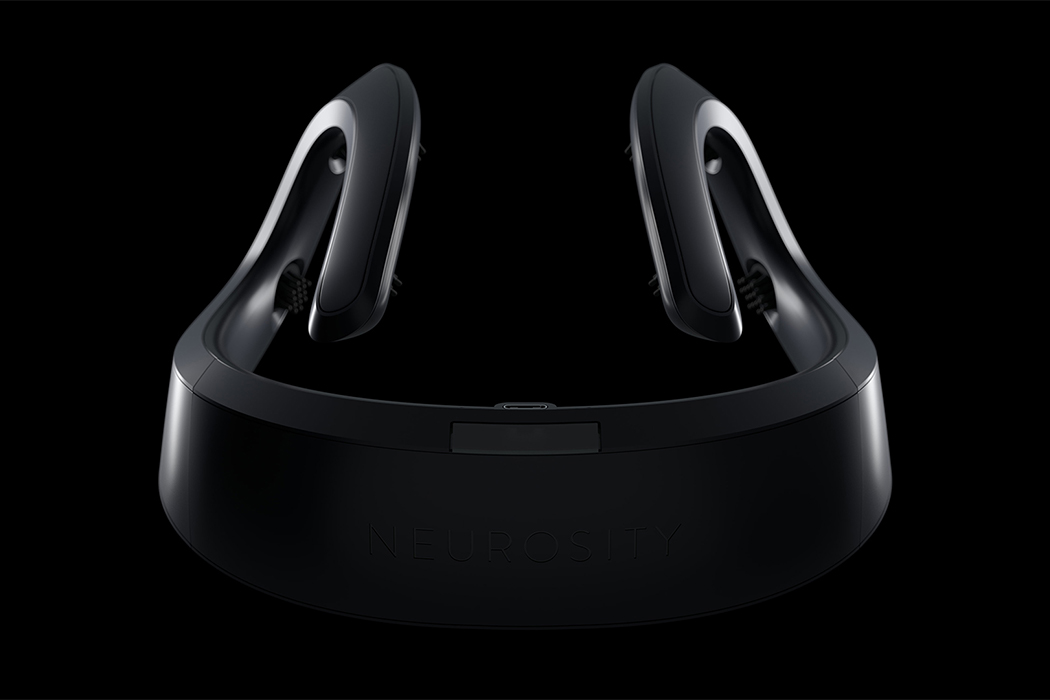
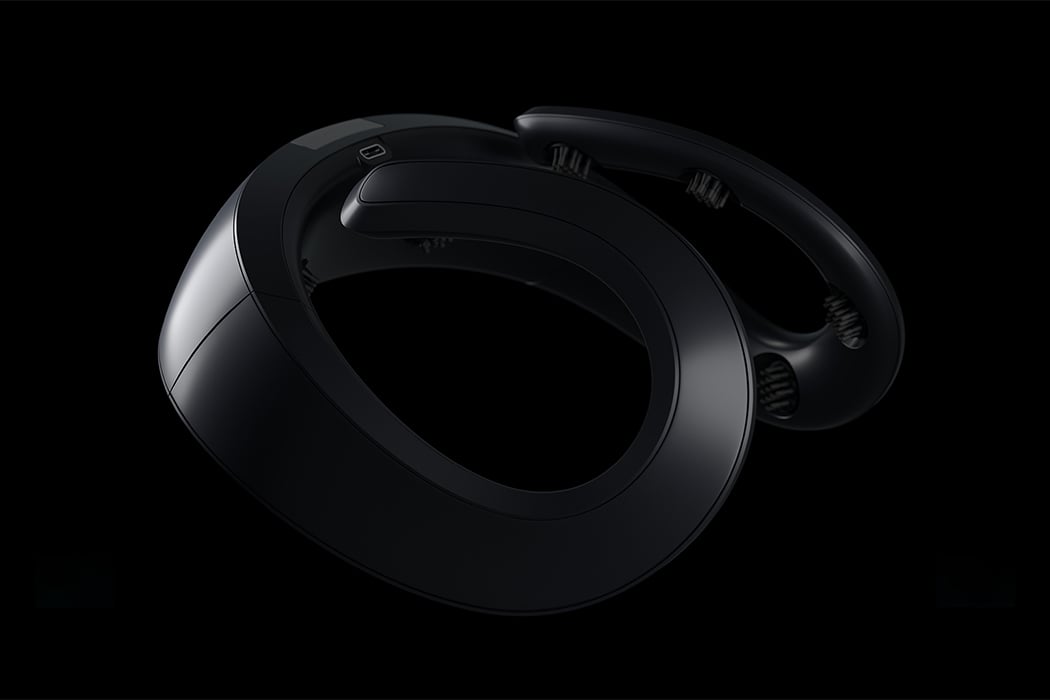
The eight EEG sensors that fill out the Crown are non-invasive.
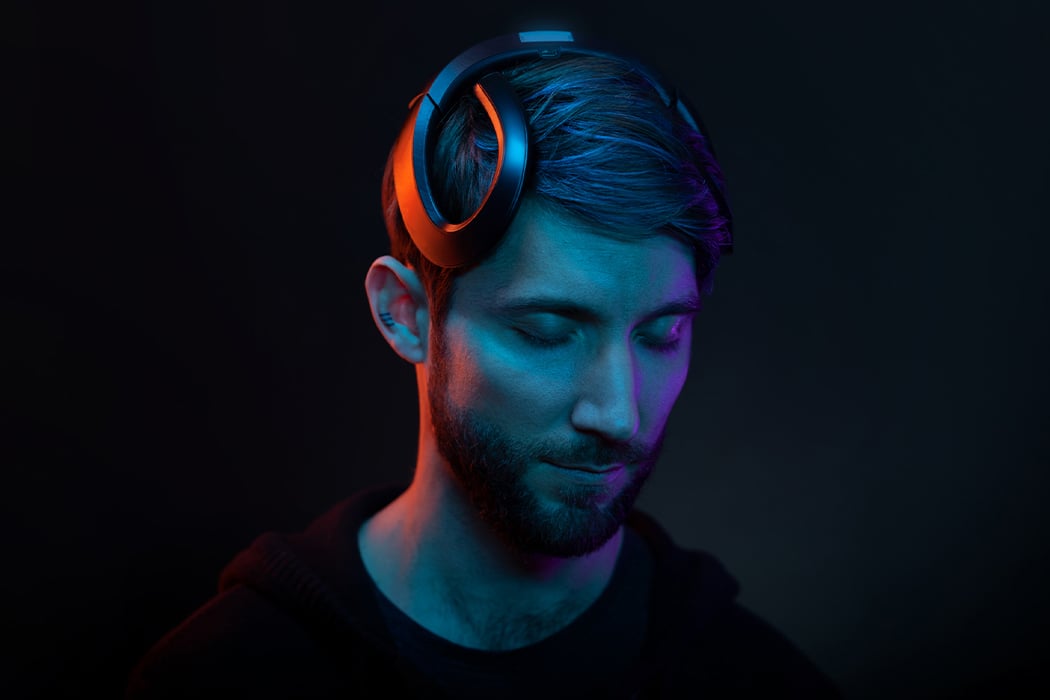
The Crown is battery-operated and has a rechargeable time of only three hours.
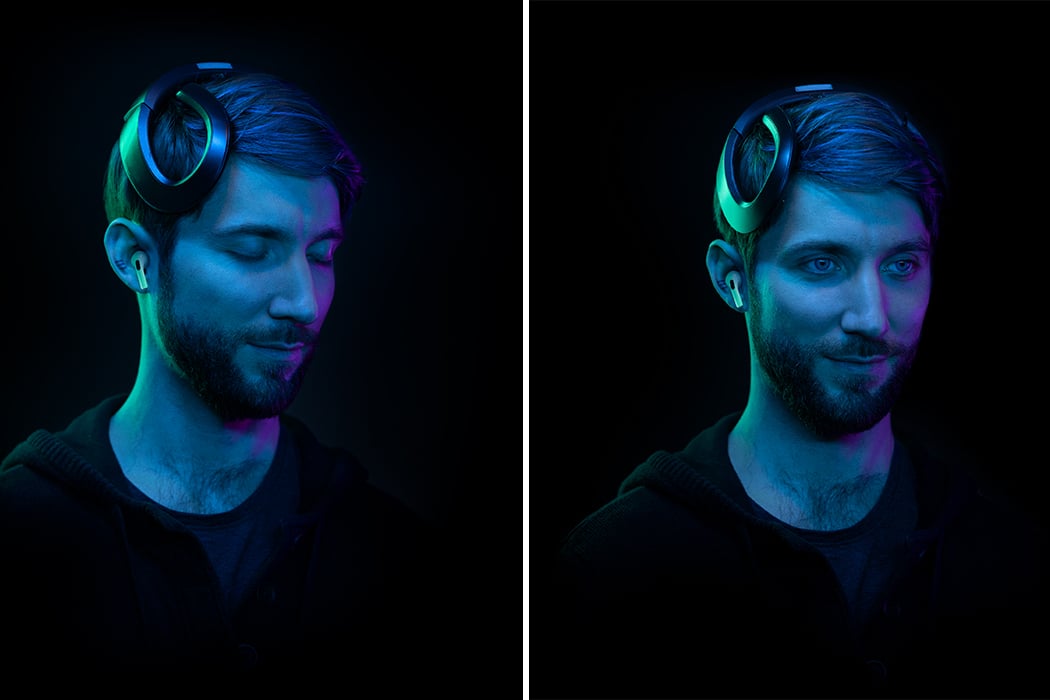
The Crown also comes with Bluetooth and Cloud connectivity.
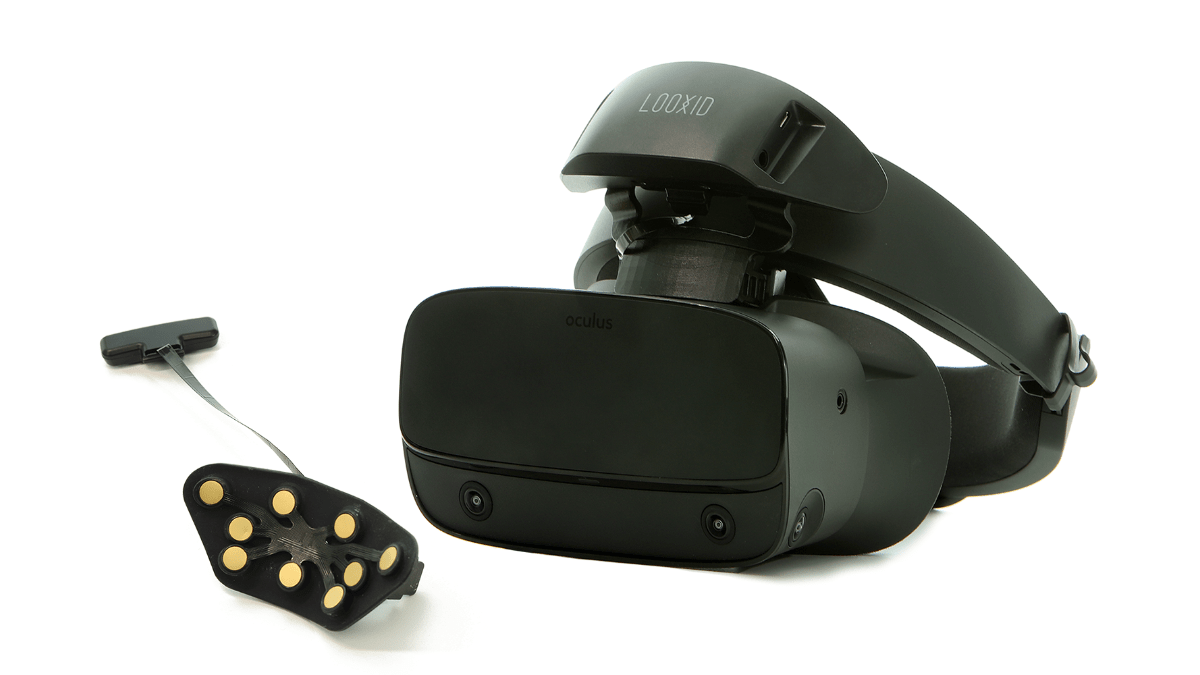 Two years ago, Looxid Labs walked Engadget through a VR museum. A virtual display was pinned to the corner of the user's field of vision and contained real-time stats on his brain activity. At the time, the product seemed a little out-there, but it h...
Two years ago, Looxid Labs walked Engadget through a VR museum. A virtual display was pinned to the corner of the user's field of vision and contained real-time stats on his brain activity. At the time, the product seemed a little out-there, but it h...
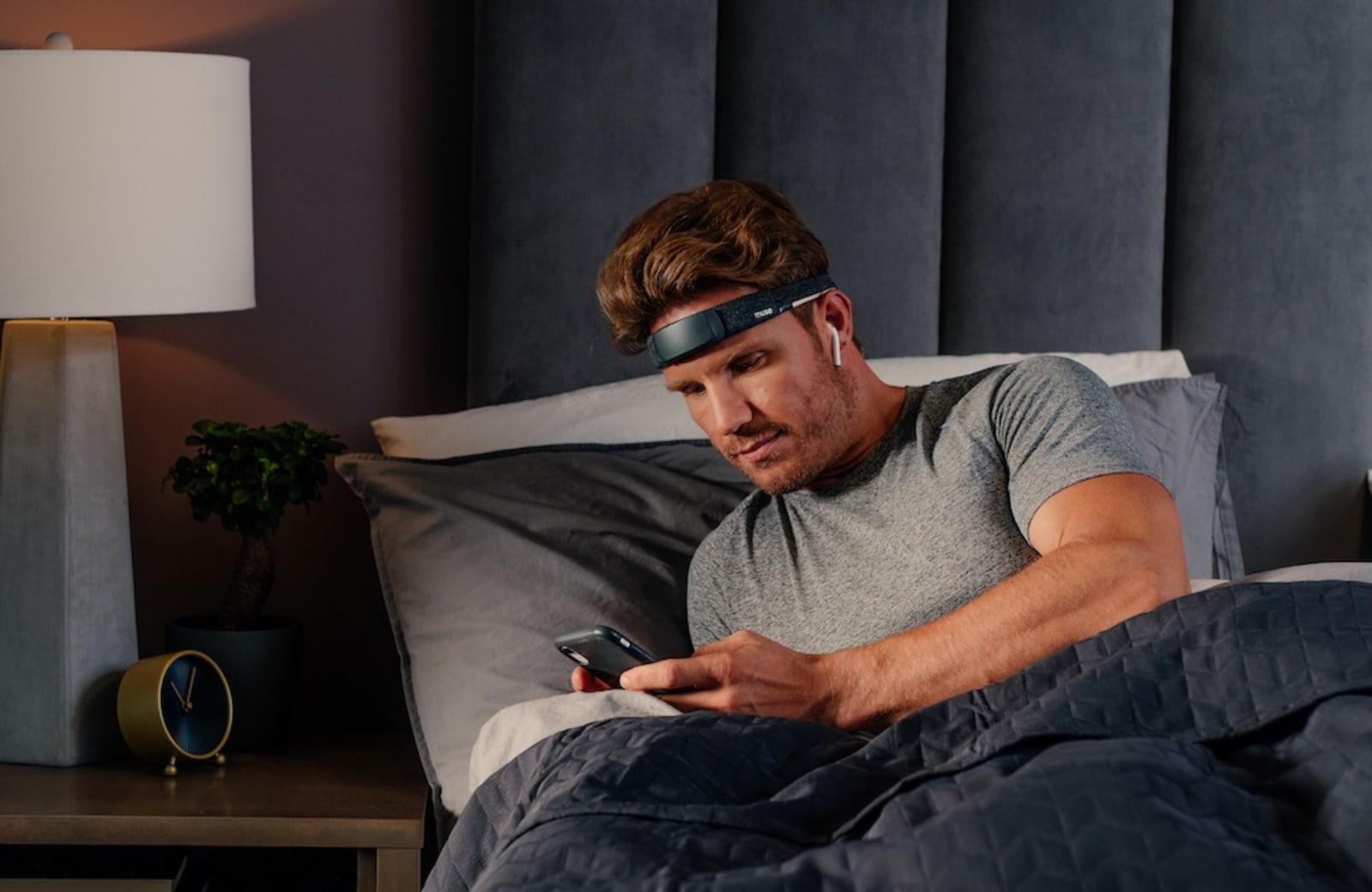 Muse first launched its brain-sensing headband back in 2013. Designed to take the guesswork out of meditation by providing real-time feedback on your brain and body's activity, the device has seen a couple of iterations over the years, and now its ba...
Muse first launched its brain-sensing headband back in 2013. Designed to take the guesswork out of meditation by providing real-time feedback on your brain and body's activity, the device has seen a couple of iterations over the years, and now its ba...
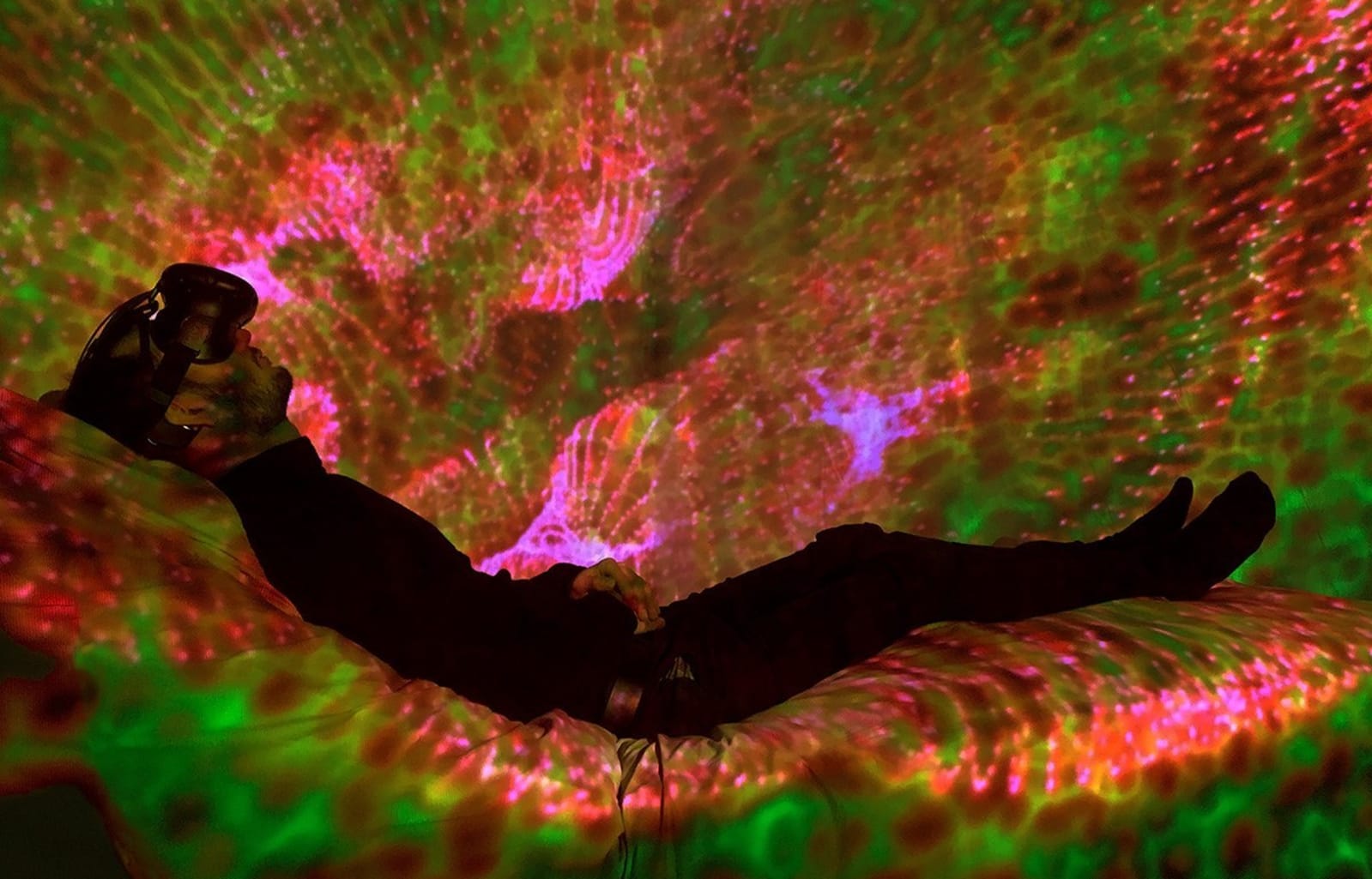 By most accounts, technology wreaks havoc on our sleep. Even tools meant to help us sleep better can make insomnia worse. But sleep and tech don't have to be mutually exclusive. Artists and researchers from Royal Melbourne Institute of Technology (RM...
By most accounts, technology wreaks havoc on our sleep. Even tools meant to help us sleep better can make insomnia worse. But sleep and tech don't have to be mutually exclusive. Artists and researchers from Royal Melbourne Institute of Technology (RM...
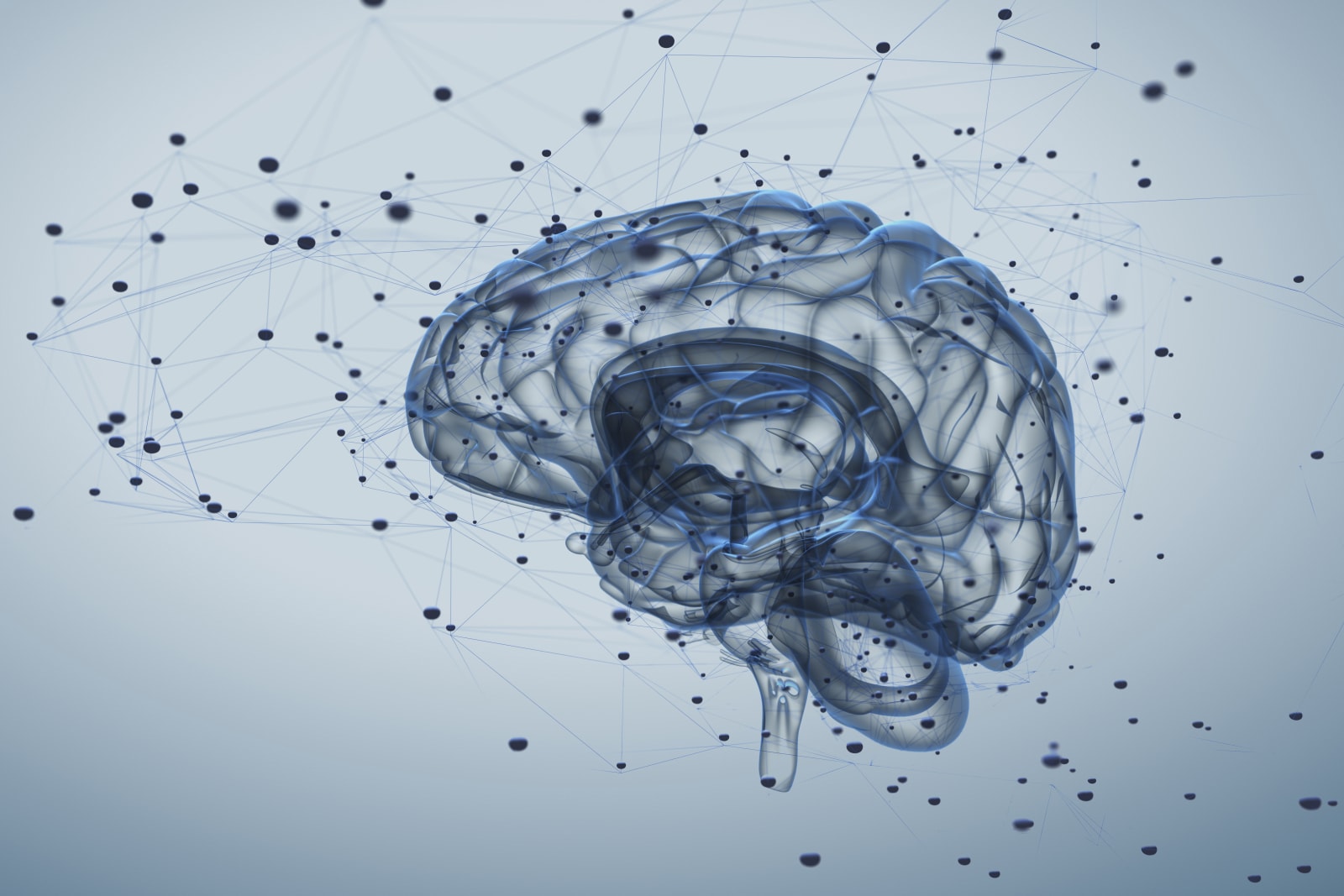 There have been experiments in direct brain-to-brain communication before, but that's now extending to full-fledged networks. Researchers have developed a three-person brain network that lets participants send thoughts to each other -- in this case,...
There have been experiments in direct brain-to-brain communication before, but that's now extending to full-fledged networks. Researchers have developed a three-person brain network that lets participants send thoughts to each other -- in this case,...

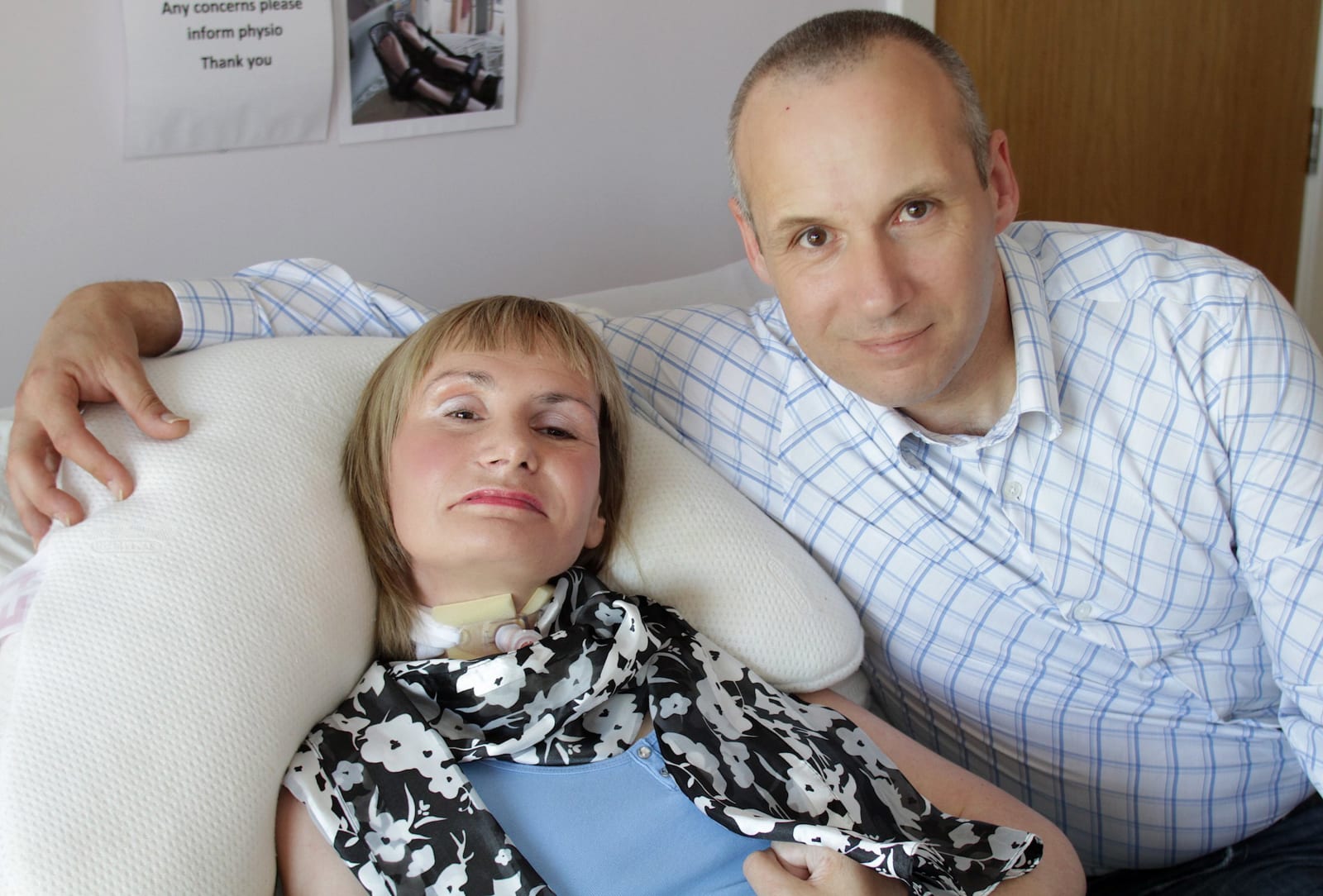 Researchers have been using brain-computer interfaces to interact with patients suffering from locked-in syndrome for a few years now. But a new system from the Wyss Center for Bio and Neuroengineering in Switzerland may finally allow even the most i...
Researchers have been using brain-computer interfaces to interact with patients suffering from locked-in syndrome for a few years now. But a new system from the Wyss Center for Bio and Neuroengineering in Switzerland may finally allow even the most i...